The Ultimate Guide to The Types of Coffee in Your Morning Cup
As a participant in the Amazon Services LLC Associates Program and other affiliate programs, Easy Homemade Life may collect a share of sales or other compensation from the links on this page. This comes at no additional cost to you, and all the prices and availability are accurate at the time of publishing.
If you’re a coffee drinker, there’s nothing quite like that first sip in the morning — it’s the whole reason some people get up in the morning at all — but how much do you know about the different types of coffee? Learn what they are and become an expert on your morning fix.

For many people, coffee is an essential part of their morning routine. Whether you make your cup of joe at home or you drive out daily for a cup of your favorite cheap Starbucks coffee, that first sip of hot, steaming coffee is what sets the tone for the rest of the day. I even know someone who just had to have coffee after a tooth extraction (which isn’t ideal, by the way) just to start his day.
However, did you know that there are several different types of coffee beans that can drastically affect the flavor of your morning cup? The four common types of coffee beans are arabica, robusta, excelsa and liberica. Each has its own unique flavor and other characteristics.
This post may contain affiliate link(s). As an Amazon Associate, I earn from qualifying purchases. See Disclosures.
Arabica Coffee
Arabica coffee beans are widely considered to be the highest quality, and for good reason. These beans are grown at high altitudes, typically between 2,000 and 6,500 feet above sea level in countries such as Brazil and Colombia.
The high altitude and cooler temperatures where arabica beans are grown make them more expensive to produce than other types of coffee beans. These factors also help them produce beans with more nuanced flavors than others.
Arabica beans are known for their smooth, fruity flavor, which is often described as having notes of chocolate, caramel and berries. Their flavor makes them a popular choice for espresso drinks and for baked goods like pumpkin spice latte cake or coffee brownies.
One of the reasons arabica coffee is so highly regarded is because of its lower caffeine content compared to robusta beans. While caffeine content can vary based on factors such as roast level and brewing method, arabica beans typically contain around 1 percent caffeine, while robusta beans can contain up to 2.7 percent. This makes arabica a popular choice for those who prefer a milder coffee buzz.
Here’s are some interesting facts about arabica coffee:
- Arabica coffee beans are what you’ll find in your favorite Starbucks coffee drinks.
- The high altitude and cooler temperatures where arabica beans are grown make them more expensive to produce than other types of coffee beans.
- Light and medium roasted arabica beans make delicious drip or pour-over coffee. Dark roasted arabica beans are ideal for cold-brew coffee.
Robusta Coffee
Robusta beans are the second most widely produced type of coffee bean after arabica beans. They are grown at lower altitudes, typically between sea level and 2,600 feet above sea level, in countries such as Vietnam, Brazil and Indonesia. While they are often considered to be of lower quality than arabica beans, robusta beans have their own unique characteristics that make them a popular choice for coffee lovers.
As mentioned above, robusta coffee beans have more caffeine than arabica beans. They also have a very different flavor profile. Robusta beans are known for their strong, bold flavor, which is often described as having notes of chocolate, nuts and earthy tones.
Robusta beans also have a higher acidity than arabica, which can make them taste more bitter. While some coffee drinkers may find the strong flavor of robusta to be overpowering, others appreciate the depth and complexity that these beans can add to a coffee blend. You’ll often find them in blends along with arabica beans, which gives you the best of both worlds.
Robusta beans are prized for espresso blends because of their ability to produce a thick, creamy crema, the creamy foam that forms on the top of a masterfully produced cup of espresso. And they show up frequently as instant coffee due to their ability to retain flavor even after being processed.
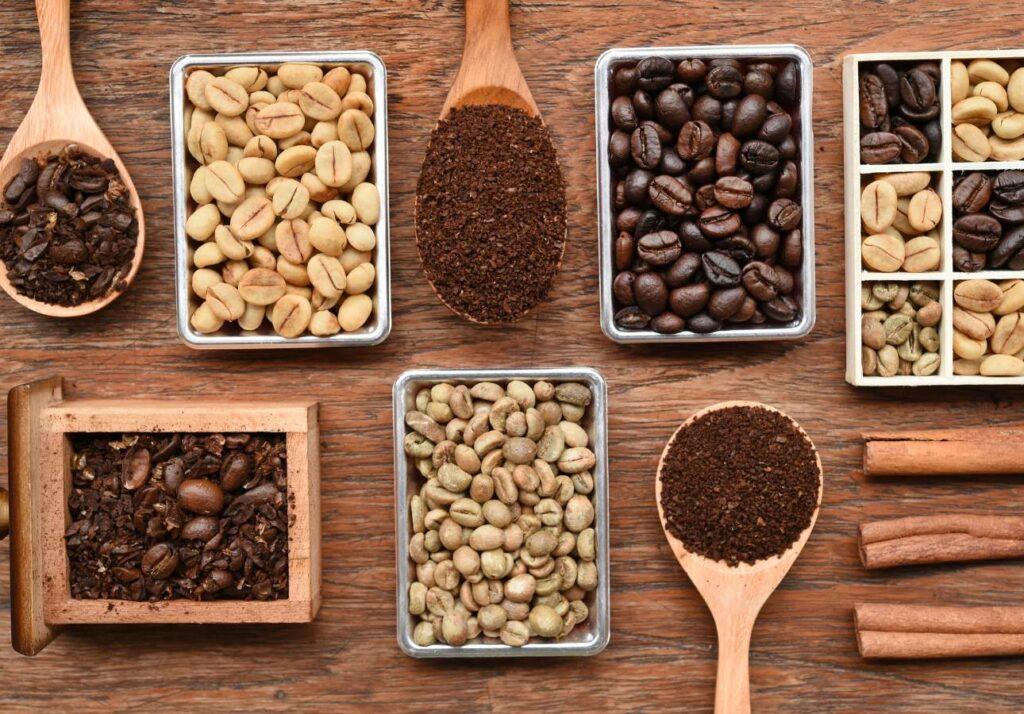
Excelsa Coffee
Excelsa coffee is less common. It is grown primarily in Vietnam, the Philippines, and India.
Excelsa coffee is another high-altitude coffee like arabica. The beans have a distinct, fruity flavor that is often compared to a combination of tart fruit and dark chocolate, making them a unique and interesting addition to any coffee blend.
You don’t see excelsa coffee as often as the others, primarily because it is difficult to grow. Excelsa trees are highly sensitive to environmental factors like temperature and humidity, making them challenging to cultivate.
While excelsa coffee may not be as widely known as other types of coffee beans, it has its own unique characteristics that make it worth exploring for coffee lovers. The fruity, chocolatey flavor of excelsa beans can add an interesting twist to any coffee blend, and their rarity adds to their appeal. If you’re looking to expand your coffee palate and try something new, excelsa coffee is definitely worth seeking out.
Liberica Coffee
Liberica coffee beans are one of the lesser-known types and are primarily grown in the Philippines. These beans are grown at low altitudes, typically between sea level and 2,300 feet above sea level. While liberica beans are difficult to find and are often more expensive than other types, they are worth exploring for coffee lovers who are looking for a unique and interesting coffee experience.
One of the reasons liberica coffee is less common than other types is because, like excelsa coffee, the beans are difficult to grow. Liberica trees are highly susceptible to disease, and their low yield makes them less profitable than other types. As a result, liberica beans are a specialty item often sought after by coffee connoisseurs who are looking for something new and interesting.
The flavor profile of liberica coffee is one of its most unique characteristics. These beans have a distinct, smoky flavor, often likened to cigars, with notes of dark chocolate and a slightly floral aroma. While some coffee drinkers may find the smoky flavor to be overpowering, others appreciate the depth and complexity that these beans can add to a coffee blend.
Liberica beans are often used in blends with other types to add flavor complexity. Some specialty coffee shops and roasters even source liberica beans from specific regions or farms, as the terroir can greatly impact their flavor. While these beans may be difficult to find and pricier than other types, their unique flavor makes them worth seeking out if you’re looking for new twists on your favorite beverage.
How to Choose the Right Type of Coffee Bean for A Recipe
Coffee beans are not only used to make drinks, they’re also used in numerous food recipes too, including baked goods, desserts, dry rubs, marinades, and more. But since each coffee bean has a different flavor profile, it’s difficult to choose the right type for a specific recipe. It’s all about the specific taste you’d like to achieve.
Types of Roasts
When choosing coffee beans, it’s ideal to consider how the different types of roasts affect the bean’s original flavor notes. Let’s go through each one:
Light Roasts: Go light if you want a roast that will give you a taste that’s closest to the bean’s original flavor. Light roasts have the highest caffeine content, have the most acidity, and often have citrus or fruity notes.
If you want to emphasize the beans’ original flavor in your recipe, go for light roast Arabica or Excelsa. They are great for making pour over coffee. You can also try them brewed which is a great way to brighten your morning.
Medium Roasts: Medium roast beans have less acidity than the light variety because they are roasted at higher temperatures. Medium roasts have balanced flavor profiles and are typically used in brewed coffee. They pair well with Arabica or Excelsa coffee beans.
Dark Roasts: Dark roasts are the least acidic. They offer intense, rich flavor and are also a popular choice for brewed coffee, particularly espresso. They pair well with Arabica coffee beans. Dark roast Robusta or Liberica are also often used as an ingredient in food recipes such as baked goods, desserts, and rubs.
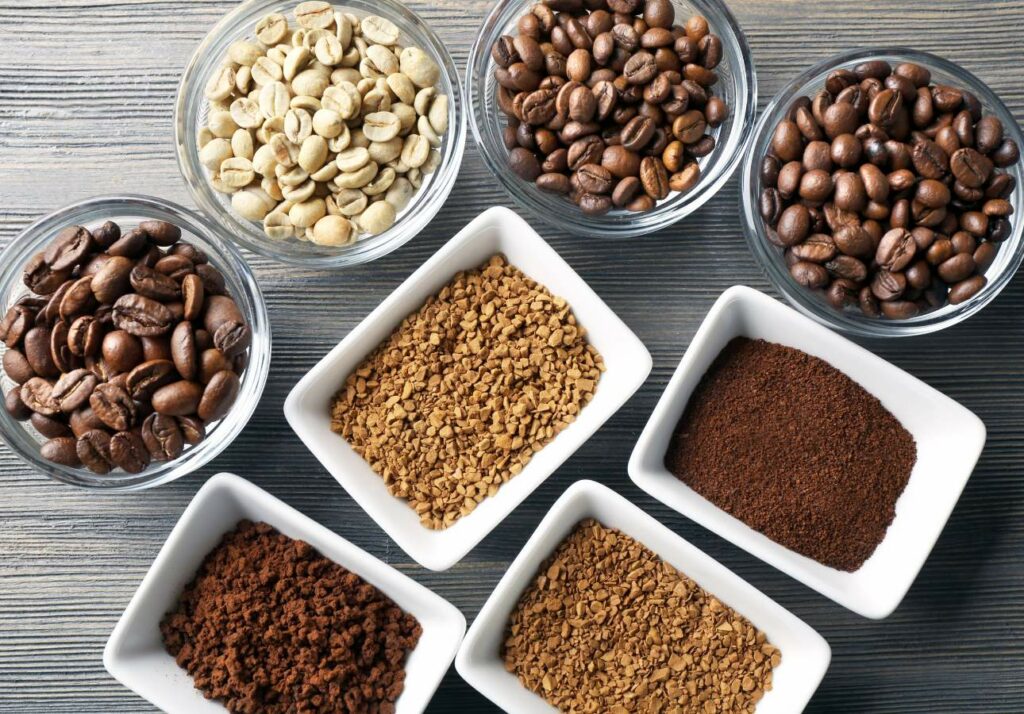
Types of Grinds
The type of grind you choose also affects the flavor profile of the coffee beans. Let’s go through the various coffee grind types so you can choose the best one for your choses coffee bean and brewing method.
Fine Grinds: A fine grind refers to coffee beans that have been ground into very small particles, resulting in a powdery consistency similar to table salt or powdered sugar. It is most ideal for quick brewing methods like espresso where a shorter extraction time and increased surface area are required to produce a concentrated and flavorful espresso shot. Some people also use fine grinds for Turkish coffee, which is brewed directly in water.
Medium Grinds: Medium grind coffee resembles sand or granulated sugar, as the beans have been ground to a consistency between coarse and fine. Medium grinds are versatile and are often used in auto-drip coffee makers, pour over, AeroPress, and other brewing methods. The size of the grind allows for a balanced extraction of flavors which will give you a delicious cup of coffee that has a well-rounded flavor profile with moderate strength.
Coarse Grinds: Reminiscent of coarse sea salt or breadcrumbs, a coarse grind refers to coffee beans that have been ground into larger particles, requiring more exposure to water for extraction. It is often used in brewing methods like cold brews and some drip coffee makers with reusable mesh filters. It’s also commonly used to make French press coffee. Coarse grinds will give you a smooth, low-acid cup of coffee.
Wrapping Up
Coffee is a diverse and complex beverage that comes in many different varieties. Understanding the differences between the various types of coffee beans can help you choose the perfect coffee for your taste preferences. Whether you prefer the delicate flavors of arabica coffee or the bold taste of robusta, there’s a type of coffee out there for everyone. So, next time you order a cup of coffee, take a moment to appreciate the unique flavors and characteristics of the beans that went into making it.
Portions of this article originally appeared on Food Drink Life.


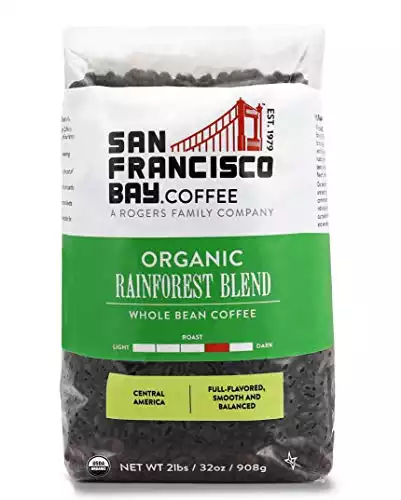
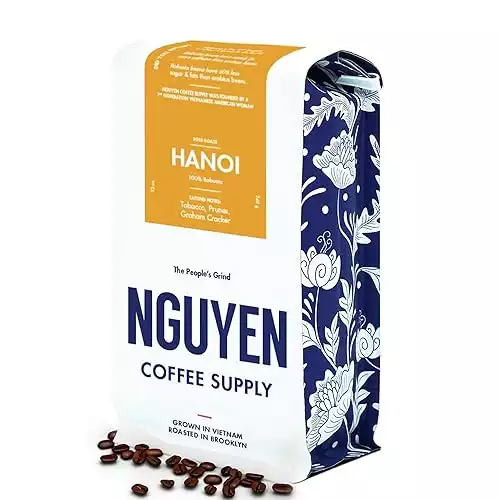
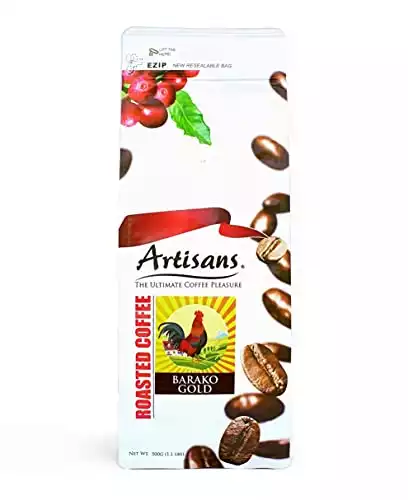
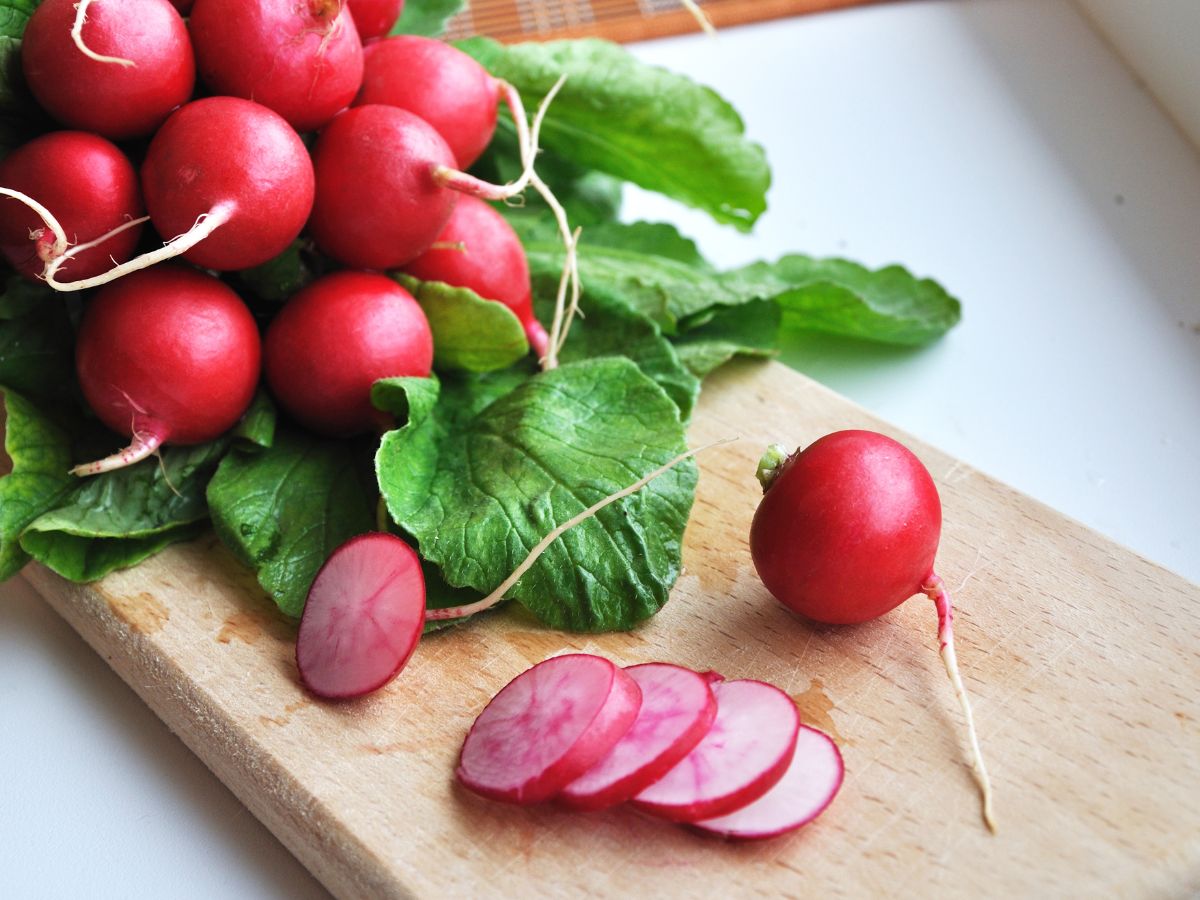

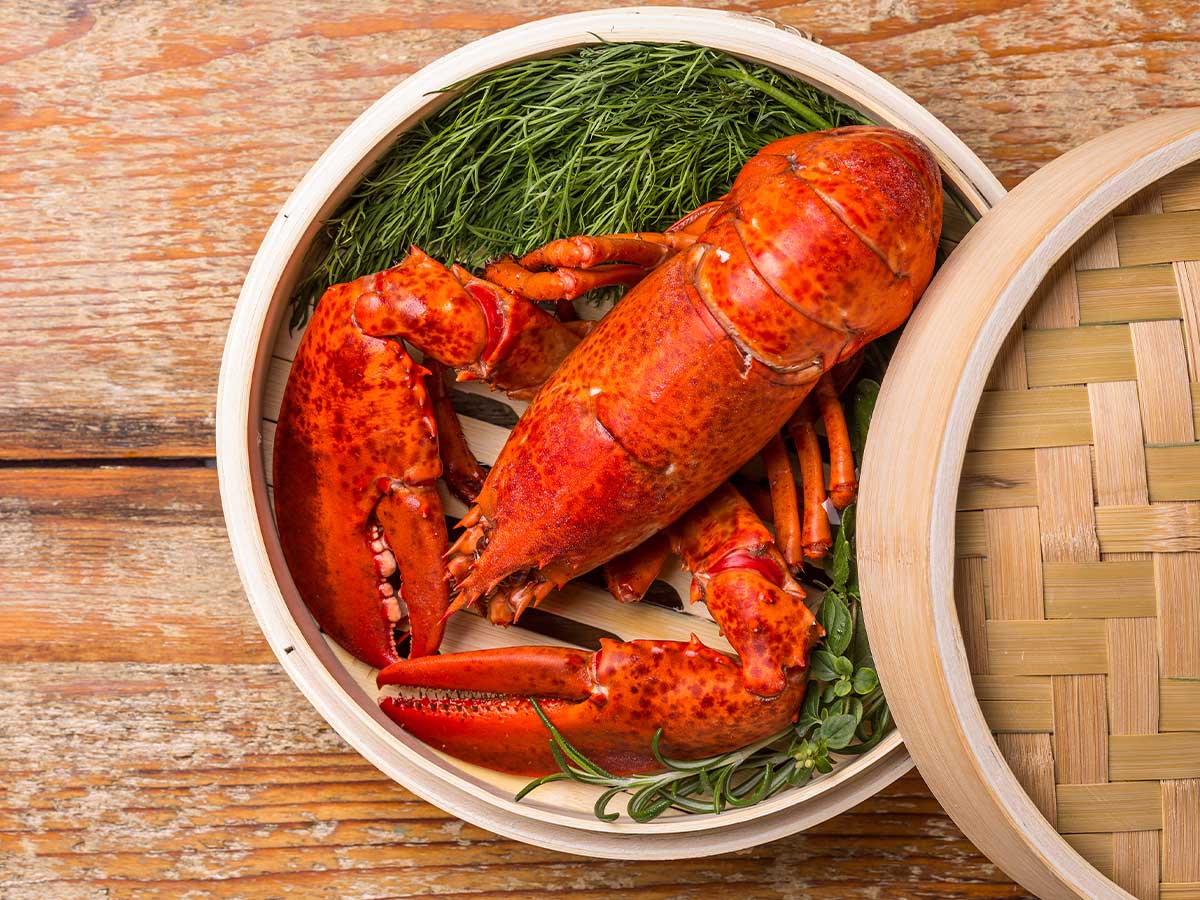

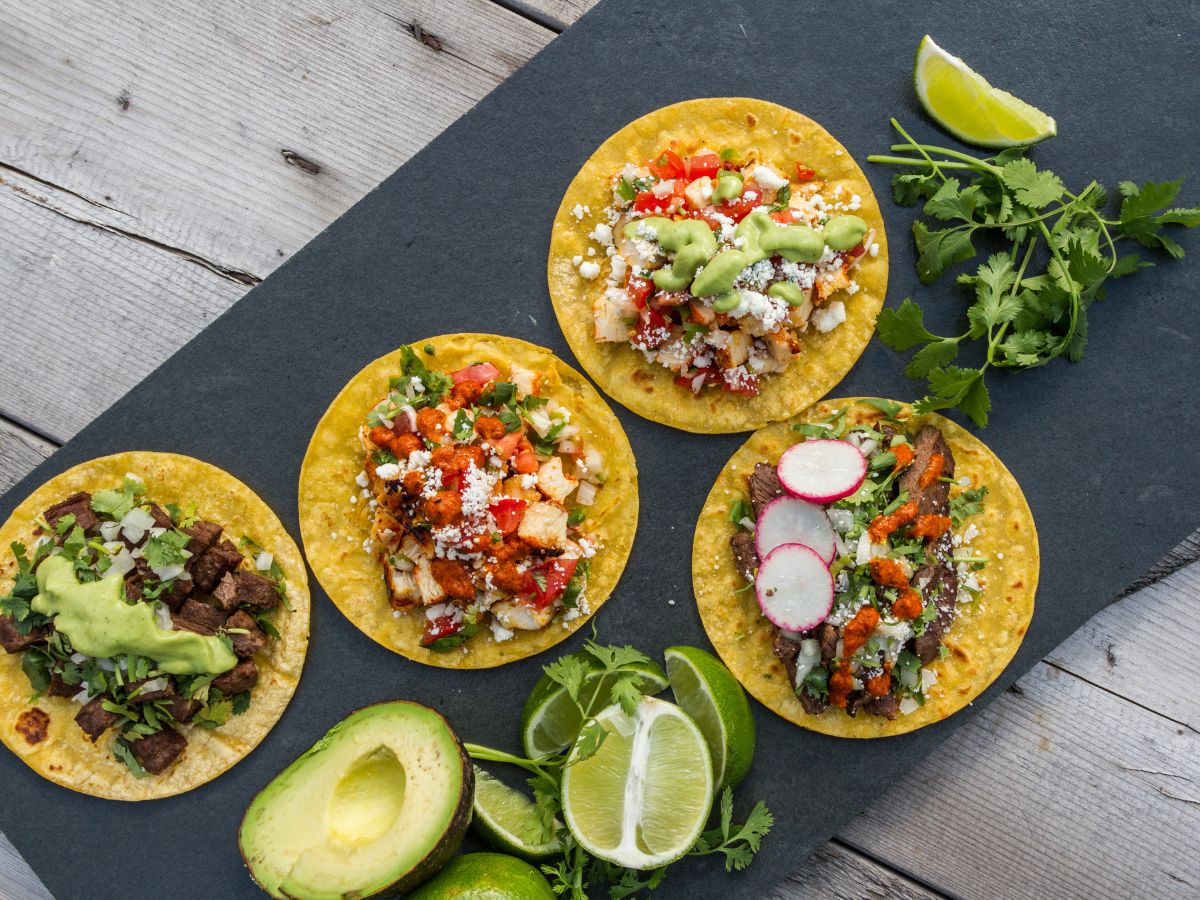
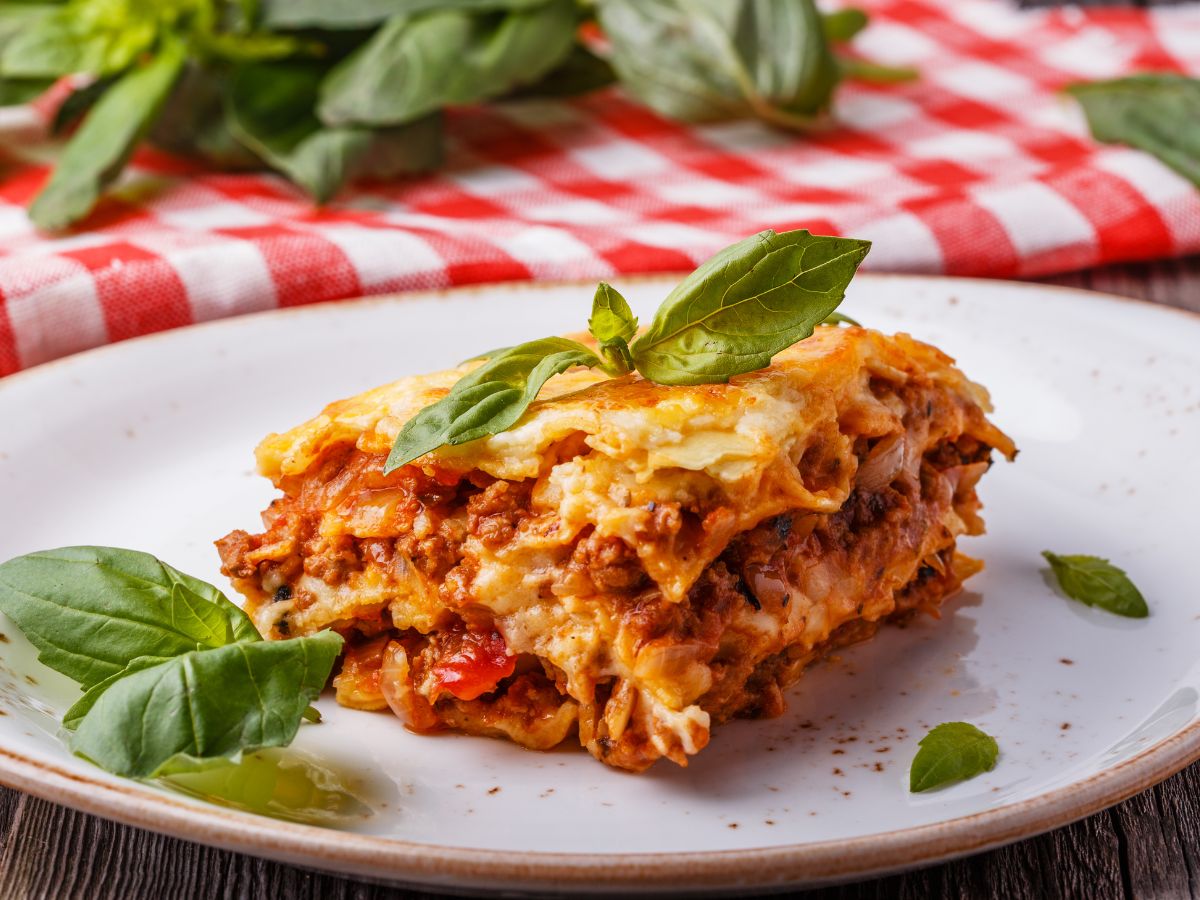
I’ve been struggling to find a brand of coffee that aligns with my preferences. For a while now, I just grab a bag from the shelf that looks good, take it home and hope for the best. This guide will definitely come in handy while I continue the search for my new favorite coffee!
I feel you, Lizzy. I hope you find a brand that fits your preferences perfectly. Good luck!